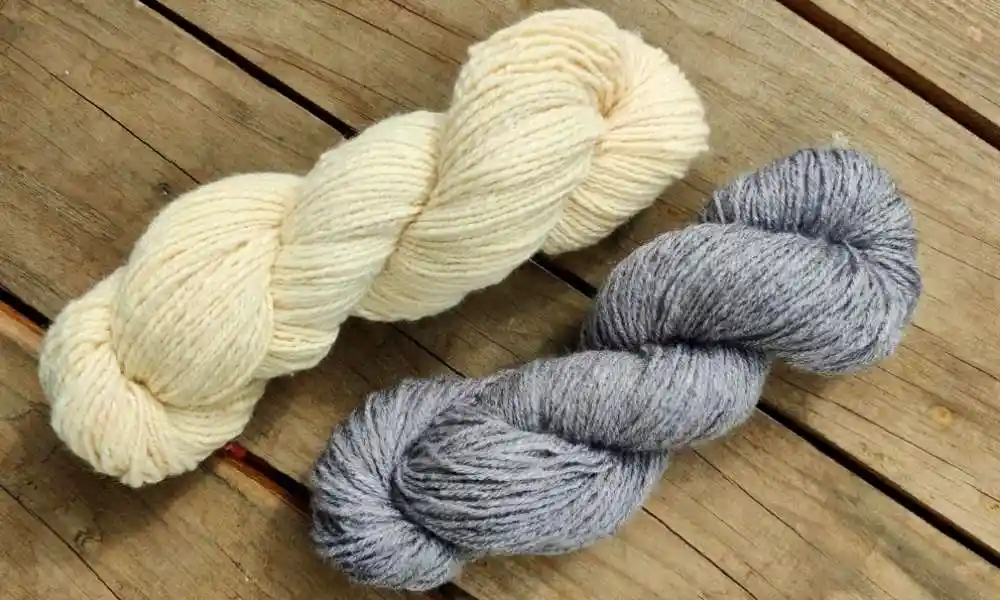Eri Silk: The Peace Fabric
Eri silk, also known as Ahimsa silk, is a unique and luxurious kind of silk that is native to Assam, a state in the northeastern region of India. It is made from the cocoons of the Eri silkworm, which is raised on castor leaves and is a lot stiff than other silkworms.

Eri silk. Source Muezart
Eri silk, also known as "Ryndia" in the Khasi language, is a precious silk that originates from the domesticated silkworm Samia ricini. It is predominantly found in the North East region of India and some parts of China and Japan. The name "eri" comes from the Assamese word "era," meaning "castor," as the silkworm feeds on castor plants. Another type of eri silk is "Ailanthus silk moth," which refers to the host plant, Ailanthus excelsa, that is commonly practiced in China. Eri silk is also known as endi or errandi in India.
Unlike other silks, which are continuous filaments, eri silk is a staple fiber. The texture of the fabric is coarse and dense, and it is very strong, durable, and elastic. The spunned threads are often more "cottony" than most Bombyx silks, although some eri yarns can be very soft and shiny. After 30–32 days, the silkworm crawls in search of a comfortable place among the leaves to spin its cocoon.
One of the most beautiful speciality of eri silk is the process of production. The silkworms are reared with care and they eat a variety of plants, including Kesseru. In India, it is grown in the states of Meghalaya, Assam, Nagaland, Manipur, Arunachal Pradesh, Bihar, Jharkhand, Chhattisgarh, Odisha, Karnataka, Andhra Pradesh, and some small cities in other states. In Thailand, eri silkworms are fed cassava leaves as well as castor leaves. This attention to detail and respect for nature is evident in the end product, which is eco-friendly and sustainable.
Eri silk clothes have been a part of Indian culture for centuries. In India, eri was mostly used for the preparation of shawls for men and women. The thermal properties of eri silk make it a suitable fabric for shawls, jackets, blankets, and bedspreads. Clothes for children are also made from eri silk fabric because of their soft texture and moisture-absorbent quality. Nowadays, very fine eri spun yarns are available, which enables the weaving of very fine clothing, including traditional sari dress materials.

Eri silk. source fibre2fashion
Eri silk is durable and strong and has a typical texture. Hence, it is widely used in home furnishing like curtains, bed covers, cushion covers, wall hangings, quilts, etc. Its woolly sense adds to the comfort. The natural warmth of the fabric makes it ideal for winter clothing, while its pores ensures comfort in summer.
The beauty of eri silk lies not just in its quality but also in its cultural significance. Eri silk products provide jobs and income for the tribal community who practice eri culture, preserving a tradition that has been passed down through generations. Two eri spun-silk mills have been established in Hindupur in Andhra Pradesh and Kokrajhar in Assam, while another is at Chaygaon, near Guwahati, Assam, which is spinning Eri spun-silk yarn with various blends with bamboo, muga silk, and cotton.
In recent years, eri silk has gained attention from the fashion industry. Vegan designer Lucy Tammam uses eri silk in her couture evening and bridal wear collections. The woolly white silk is often referred to as the fabric of peace when it is processed without killing the silkworm. This process results in a silk called Ahimsa silk, which is highly valued for its ethical and sustainable qualities.


